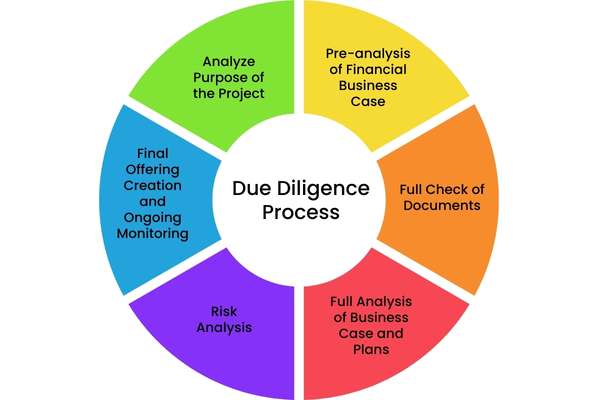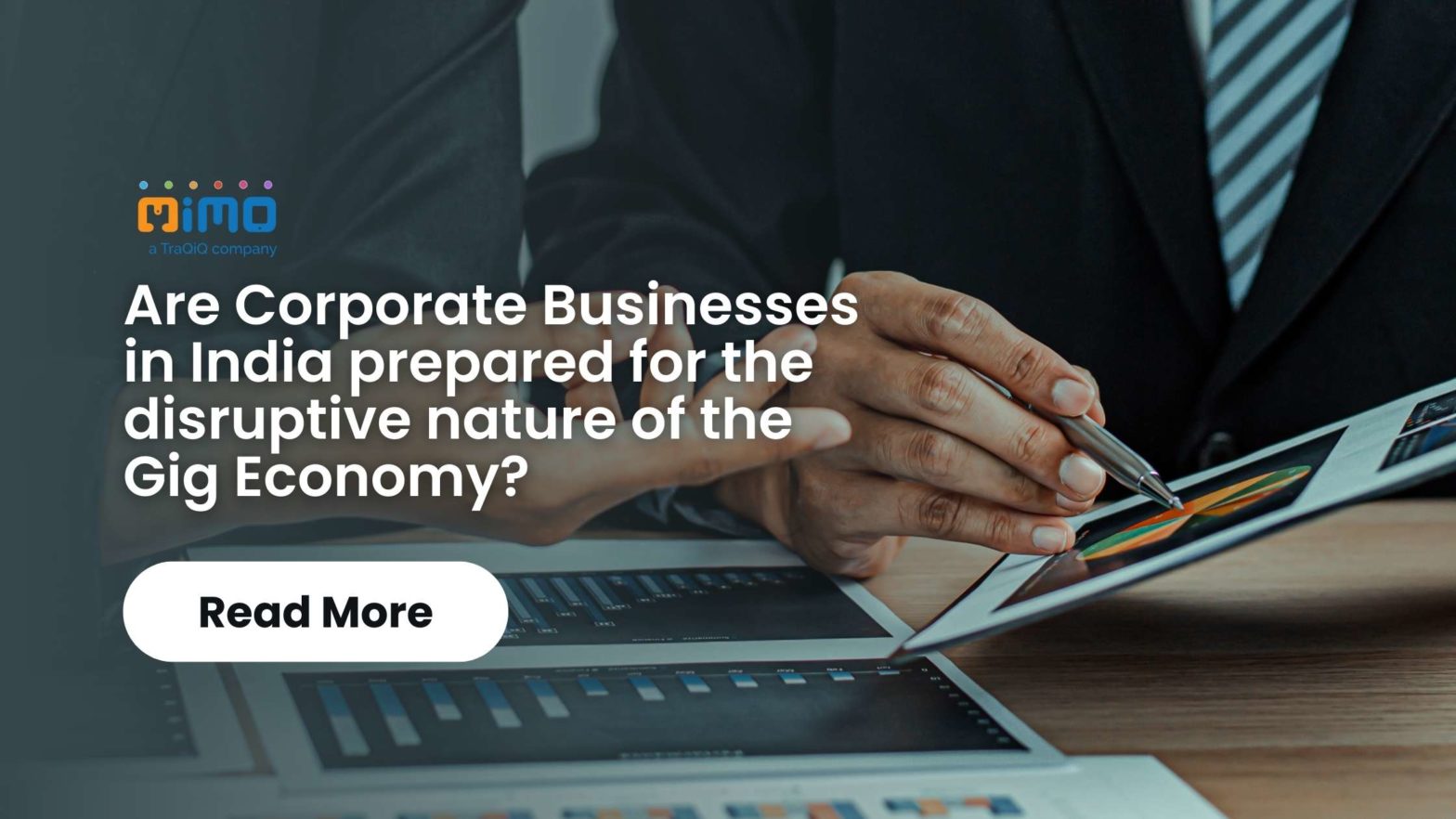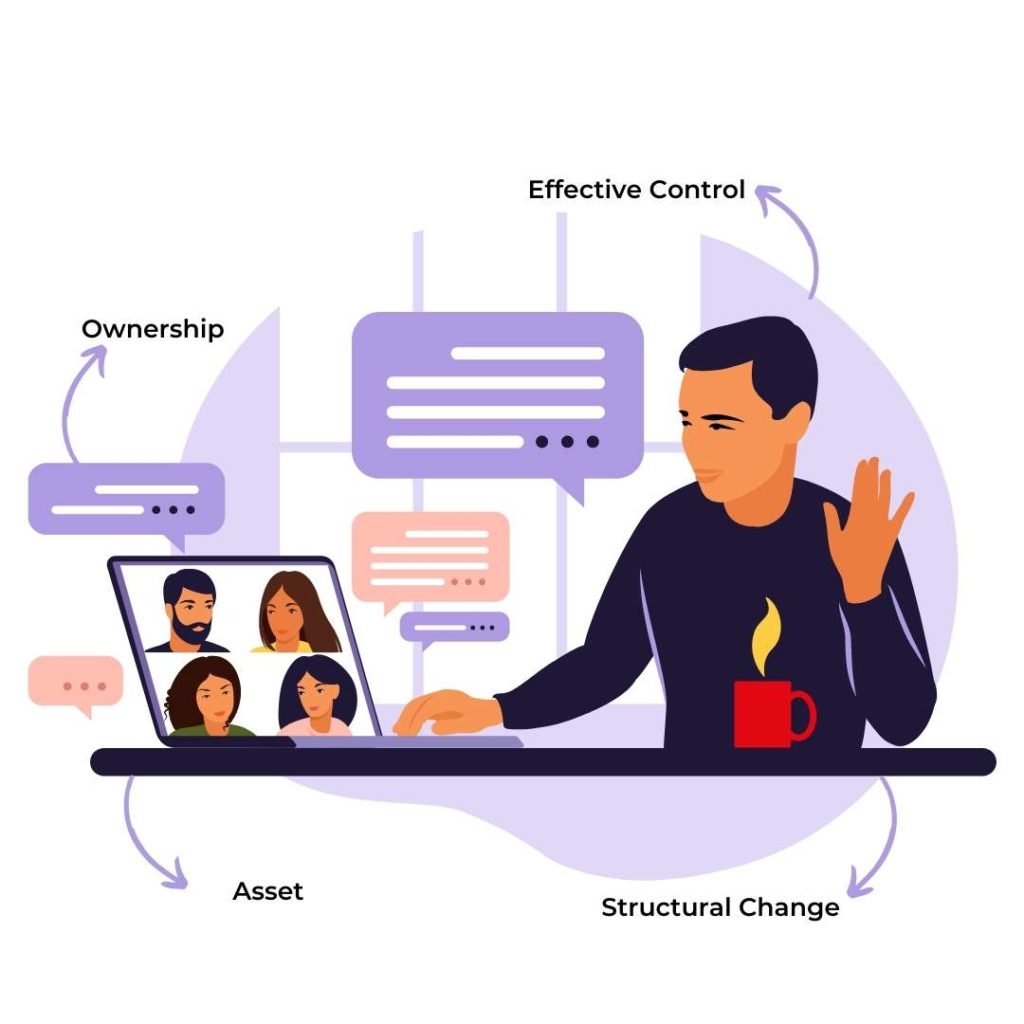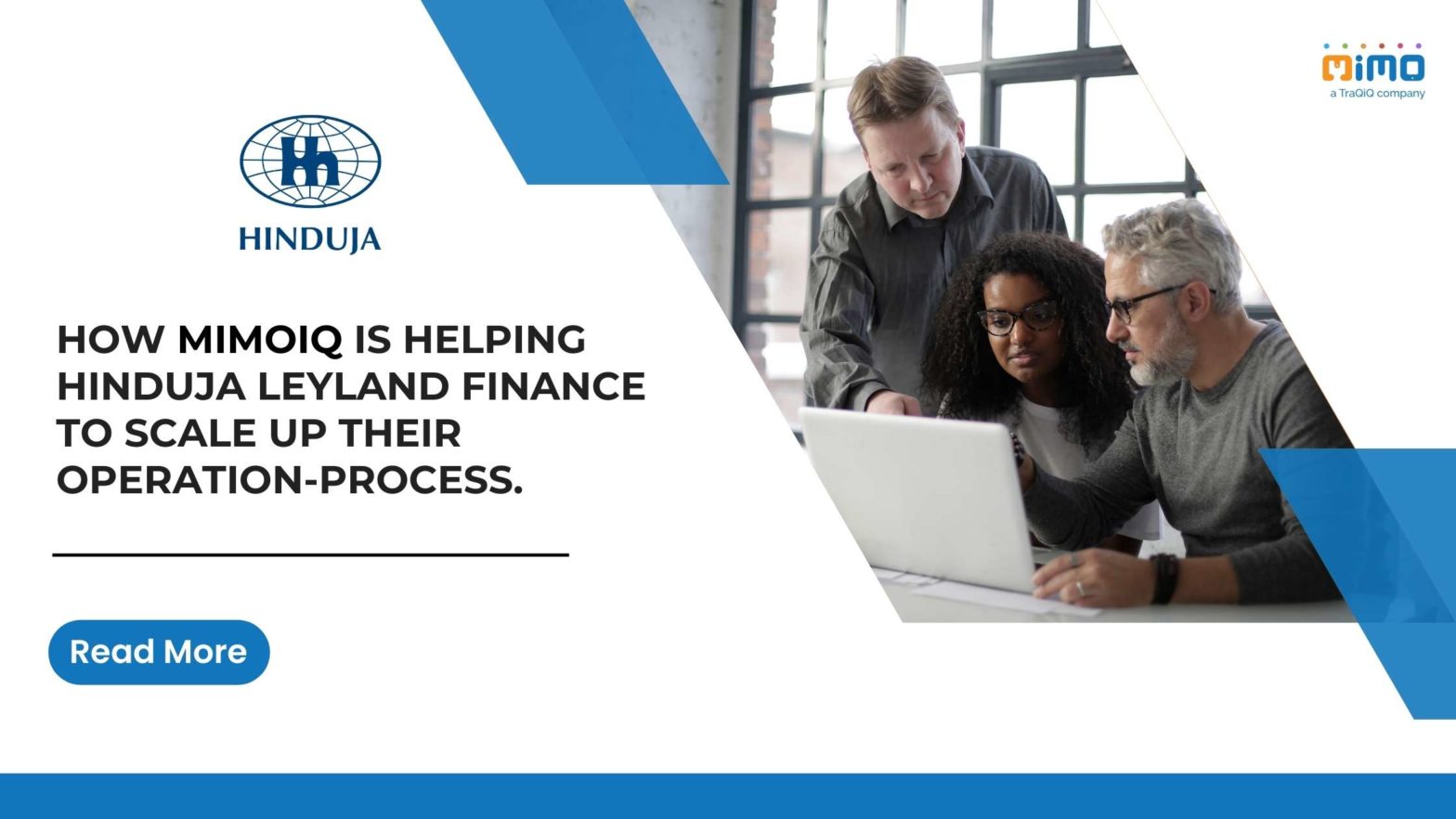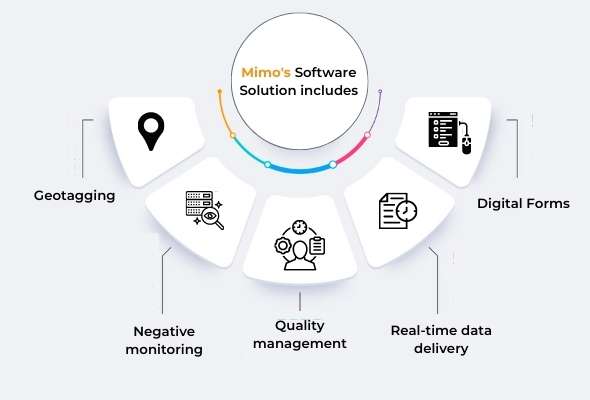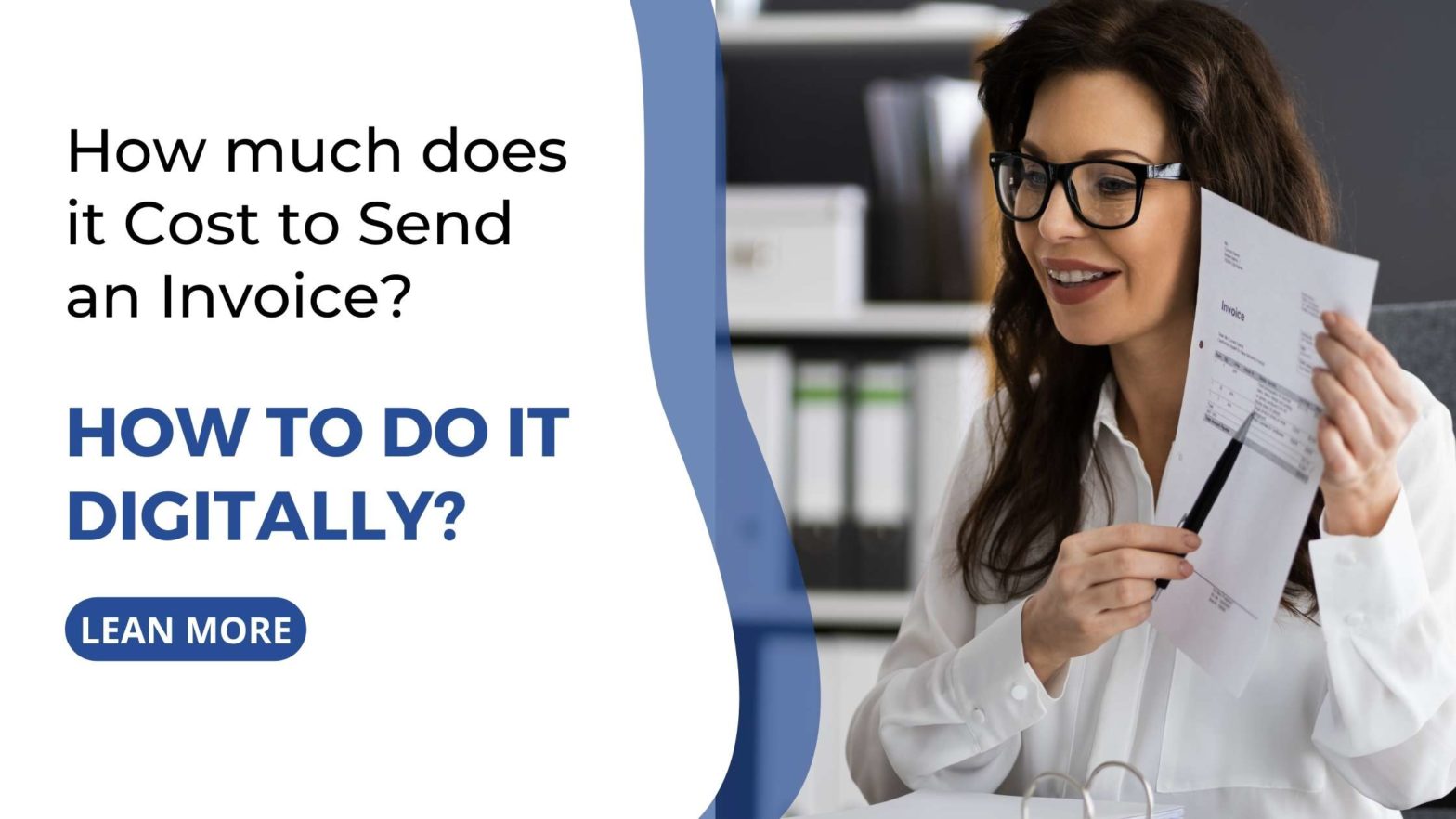
How Software Solutions Ensure Corporate Social Responsibility for Businesses
A corporation’s social responsibility directly affects its public image, which can make or break its chances of success in the long run. That’s why corporations should make sure they incorporate software solutions that ensure corporate social responsibility into their business models from the beginning.
These software solutions can help manage your CSR activities and stay in line with the most up-to-date regulations on socially responsible businesses. Also, good CSR will help save your business money, as per the study by ERA Environmental Management Solutions.
As long as you use these software solutions, you can rest assured that any impact your company has on its local community or the world at large will be positive and beneficial to your customers and employees. Here are some ways software solutions can help you ensure your CSR for your business.
Table of Contents
Build Awareness About an Issue
One of the best ways to ensure corporate social responsibility is through education. Many people may not be aware of how your company is helping a particular cause or addressing an important issue.
If you want to drive corporate social responsibility, be sure to build awareness about what you’re doing and how your efforts benefit others. Using communication software can help. Each one provides tools designed to foster open communication and keep employees up-to-date on internal and external activities.
Moreover, communication software can improve collaboration among team members and allow businesses to communicate more effectively with customers. So, to build awareness through software solutions, make sure to check this list of best communication software today.
Recruit Volunteers and Donors
One of the best strategies of corporate social responsibility is to build a network of volunteers and donors who support your business activities. This allows you to set up actions that benefit your community without costing any money, as you have individuals on hand who are happy to support your charitable efforts.
With tools to communicate CSR activities in place, you can make sure to have a streamlined volunteer process in place, with an easy sign-up and a system for recognizing volunteers’ contributions. You may also set up specific forms of recognition, such as rewards or gifts, that you can distribute at special events and during holidays.
Basically, online tools will help you manage the relationships between your company and its supporters—even if they aren’t in-house employees.
Participate in Fundraising Events
You’ve probably heard about cause marketing, in which companies partner with charities to help support a cause. This is one of the many types of corporate social responsibility that’s definitely valuable. However, if you want to ensure your company is living up to its commitments to environmental sustainability or animal rights (for example), software solutions can help with participating in fundraising events.
Digital tools also keep track of donations and are great at promoting your company’s philanthropic efforts with customers and prospects. Remember, creating value for customers is one of the top reasons impacting a company’s purpose, as per a business review by Harvard.
Connect with Customers

Can you imagine your office without an internal communication software or a business owner who doesn’t have an effective way to promote their products? The same is true with corporate social responsibility. It’s difficult to implement a strategy that helps companies connect with their customers and stakeholders if they don’t have tools like Facebook, Twitter, and LinkedIn. Let alone software solutions that help monitor how customers are engaging with a company online and offline.
In fact, many of these tools allow companies to streamline their CSR efforts by creating corporate social responsibility training programs and communicating them more effectively. Additionally, some platforms enable employees to learn about ethical issues within their company to ensure sustainable growth for years to come.
Host Online Fundraisers
Hosting online fundraisers is one of the best ways to ensure corporate social responsibility. This is where you give your customers and clients a chance to support your cause in exchange for rewards or recognition. Online fundraisers are also great tools that allow businesses to engage their audience, raise awareness, and support important causes.
The good news is that there are plenty of fundraising tools available today. One example is TugboatFundraiser—it has everything you need to run an effective fundraiser. The software lets you build a campaign website and accept donations via major payment options, such as Visa, MasterCard, and PayPal.
Promote Giving Opportunities
Big corporations that are able to take advantage of tools and software solutions designed specifically to help with promoting giving opportunities can really change how they connect with their communities. For starters, the software makes it simple to keep track of giving opportunities. It also gives you an easy way to communicate your CSR efforts internally and externally, ensuring that your employees stay in touch with what they’re doing socially on behalf of your company.
Additionally, as a business owner, you want to make sure that all your hard work doesn’t go unnoticed by clients or potential customers. When used correctly, software solutions designed to support CSR can help big businesses promote their activities.
If people know what your corporation is doing for others, there’s a better chance they’ll continue using your services or buying from you again in the future. As revealed in the report by Aflac, 77% of customers are motivated to purchase from a brand committed to improving the environment and society.
Incorporate Giving into Employee Benefits
A number of companies have begun offering CSR tools as part of their employee benefits packages. These tools are designed to help employees communicate their CSR initiatives and align with those of their employers. As a result, more businesses are being positively influenced by internal and external forces in terms of corporate social responsibility.

Do Something Local
The internet has made it easy to support and interact with organizations, but there’s something about doing something local. Now, thanks to a slew of apps, software solutions can help you get involved in your community—whether that’s through volunteering or donating funds.
Because of technology and the growing digital transformation, businesses can easily integrate corporate social responsibility into their day-to-day operations without taking up too much time. This means they’re able to do more for their communities without taking away from other areas of importance within their organization.
Use Corporate Sponsorship to Work with a Nonprofit
One of the best things about corporate sponsorship is that it’s a way to work with a nonprofit on something you both want. If you’re looking to use corporate sponsorship to work with a nonprofit, software solutions can help with managing their database and ensuring that information is transparent to all parties involved. Just be careful not to get wrapped up in any political issues and make sure you find an organization whose mission aligns with your company’s vision.
Use Software Solutions for Your CSR Now
If you’re looking to ensure corporate social responsibility in your business, software solutions are a must. But with so many tools available today, it can be hard to know which solution is right for your specific needs and can give you the best business benefits of CSR.
The type of software solution that perfectly meets your needs depends on your company’s situation. Hence, knowing which factors to consider when determining which CSR software is right for you can be helpful as you narrow down your options.
Like this article?
More To Explore

What Is the Role of Background Checks in Establishing a Trustworthy Team?
+91 1141182211 One of the most vital assignments for any business is to bring in the right employees. Alongside skills

What Is a Last-Mile Strategy—And Why Is It Crucial for Your Business?
+91 1141182211 Ever ordered something online and then obsessively tracked the package as it made its way to your doorstep?

What Makes a PAN India Field Network Essential for Accurate Data Collection?
+91 1141182211 In today’s data-driven world, getting accurate, real-time insights from across the country is crucial for organizations that want




